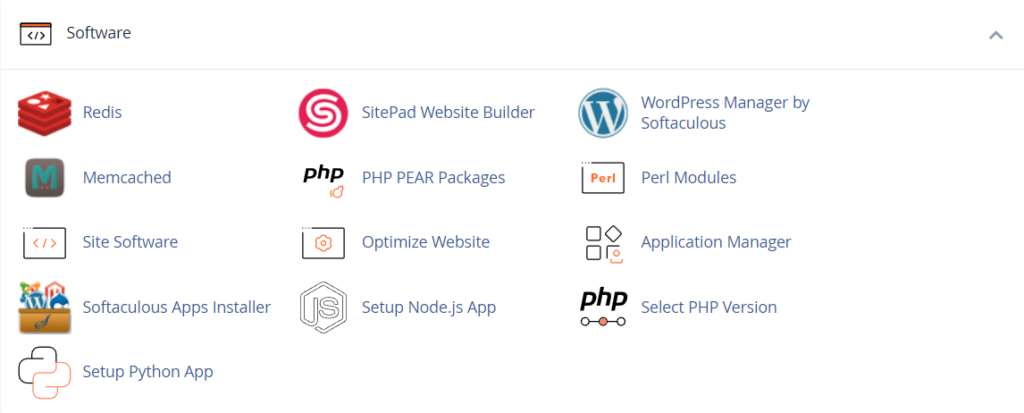Empower Your Web Environment: A Definitive Guide to Mastering PHP Versions Globally and Customizing for Addon Domains
Table of Contents
Introduction:
PHP model management is a essential component of maintaining a healthy web surroundings. Whether you want to change the PHP model on your complete hosting account or set a custom PHP-version for a particular addon domain, having the proper equipment and techniques at your disposal is crucial. In this manual, we will explore two methods: the use of the “Select PHP Version” Attributes and methodologies for implementing global modifications and configuring a custom PHP model for an addon domain through the .htaccess file.
Changing PHP-Version for an Entire Hosting Account (Select PHP Version):
When it comes to making global changes to your PHP-version, the “Select PHP Version” feature in cPanel becomes your go-to tool.
Accessing cPanel:
Begin by means of logging in for your cPanel account furnished by your website hosting provider.
Locating “Select PHP Version”:
Navigate through the cPanel dashboard and discover the “Select PHP Version” or a comparable alternative, normally located below “Software” or “Services.”

Choosing PHP-Version:
In the PHP Selector, choose the desired PHP model from the to be had alternatives.

Configuring Extensions:
Some website hosting providers can help you configure PHP extensions. Adjust these settings primarily based for your application’s necessities.
Saving Changes:
After deciding on the PHP-version and configuring extensions, shop the adjustments. The new PHP model will now be carried out in your whole hosting account.
Setting Custom PHP Version for an Addon Domain Using .htaccess:
Now, let’s delve into the process of setting a custom PHP-version for a specific addon domain, providing you with granular control over your web environment.
Accessing File Manager:
Open the File Manager in cPanel to navigate to the root listing of the addon area.
Navigating to Addon Domain Directory:
Find and enter the listing of the addon area for that you need to set a custom PHP model.
Creating or Editing .htaccess:
Create a brand new file named .htaccess if it doesn’t exist, or edit the present one.
Specifying PHP-Version:
Add the following strains to set a custom PHP model:
Use PHP 7.4
AddHandler application/x-httpd-php74 .Personal home page
Adjust the model wide variety as wished.Saving Changes:
Save the .htaccess file.
Verifying Configuration:
Create a simple PHP record (e.G., information.php) inside the addon domain’s directory with the content:
<?php phpinfo(); ?>Access this record thru an internet browser to verify that the PHP-version suits your custom putting.
Conclusion:
By learning these techniques, you benefit a nuanced manipulate over your net surroundings, ensuring that your PHP versions seamlessly align with the unique wishes of your web sites and packages. Whether imposing global adjustments via the “Select PHP Version” function or customizing for particular addon domains using .htaccess, this guide empowers you to navigate the dynamic realm of PHP model management with self assurance, fostering an environment of height overall performance and compatibility on your internet projects.
For those seeking additional changes, which include editing PHP limits, you may explore special insights and step by step instructions in this informative weblog put up. Additionally, if you need extra statistics on PHP model or extension control, talk over with the authentic cPanel documentation. These assets offer treasured insights into first-class-tuning PHP settings and finding/installing particular variations or extensions primarily based in your requirements. And if you’re seeking out well known PHP version management, the respectable cPanel documentation is constantly a dependable source of data. Happy coding!









